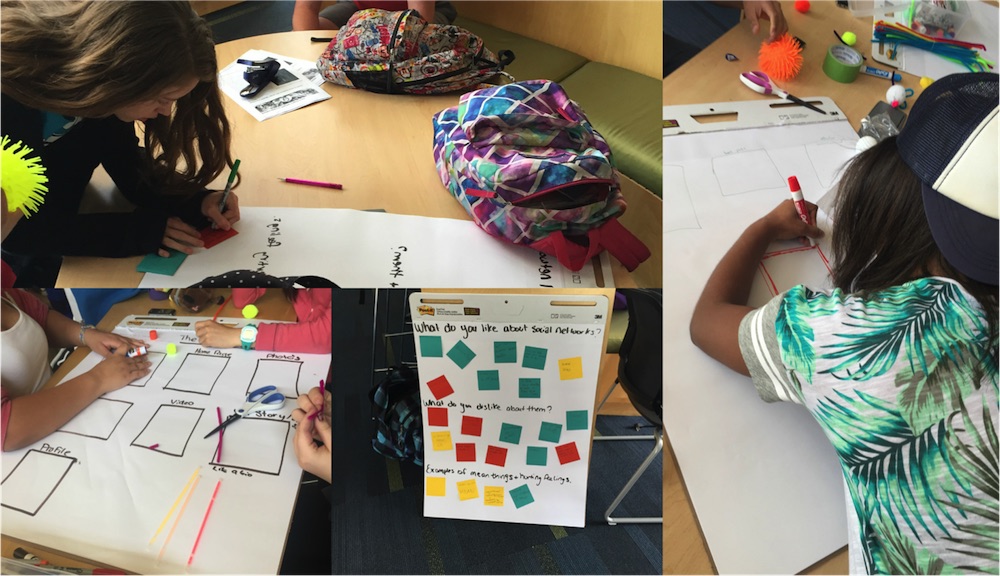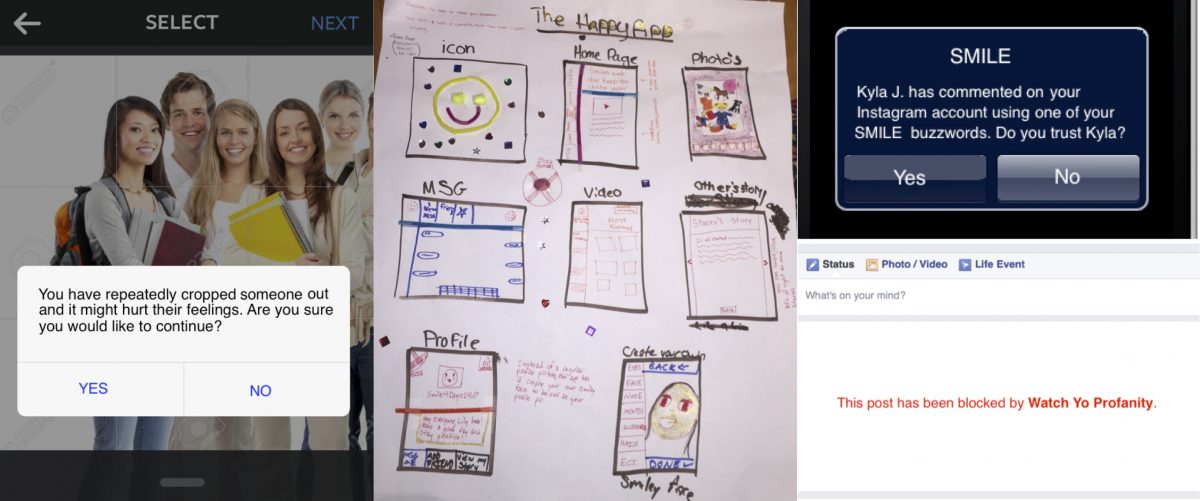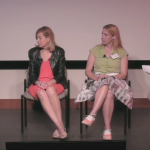My team and I received a FIA-Deutsch seed grant in 2015 for our cyberbullying mitigation project. Prior to receiving the grant, my cyberbullying detection/mitigation research primarily used automatic methods to analyze and understand collected data from various social media platforms. However, there was no human aspect to my research. The seed grant added an additional dimension to the research questions our team was trying to address: that of the opinions of those most affected by cyberbullying. While social media platforms enable individuals to easily communicate and share experiences, they have also emerged as a tool for cyberbullying. Teenagers represent an especially vulnerable population for negative emotional responses to cyberbullying. At the same time, attempts to mitigate or prevent cyberbullying from occurring in these networked spaces have largely failed because of the complexity and nuance with which young people bully others online. Before we began the project, we created an multidisciplinary team consisting of two PhD students from the Computer Science department (Srijan Kumar and Soham De) and one PhD student (myself) from the College of Information. While both of our mentors were from the College of Information (Jessica Vitak and Jen Golbeck), they provided diverse valuable perspectives on the direction of the project. The seed grant allowed our team to partner with the Barrie School, a local high school and FIA partner, to understand the climate of cyberbullying among adolescents and collaborate with adolescents to build mitigation prototypes. In our project, we conducted 5 participatory design sessions with ninth and twelfth graders at the high school.
Over the course of five design sessions spanning ten weeks, participants shared their experiences with cyberbullying and iteratively designed potential solutions. Our participatory design research lead to cyberbullying mitigation solutions based on the results of the design sessions. The prototypes generated from our design sessions varied in terms of who held control in either preventing a bullying scenario or mitigating it after it occurred. In addition to bullies and their victims, bystanders play an important role in bullying scenarios, often offering implicit or explicit encouragement or discouragement of the bullying.

Figure 1: Teens working on designing prototypes during the participatory design sessions.
Furthermore, bullying roles are not always dichotomous; individuals roles vary in bullying scenarios based on contextual factors. In our sessions, sample prototypes were generated in which all three actors (bullies, victims, and bystanders/systems) potentially had control over preventing or mitigating the bullying scenario.

Figure 2: Images of some of the prototype solutions.
The FIA-Deutsch seed grant allowed our team to introduce new cyberbullying mitigation techniques and contribute to the current state of research in this area by publishing a paper in a top-tier conference. Furthermore, the direct feedback of the participants my team worked with revealed that our design partners, the adolescents at the local school also felt that they had benefited from working with us. In our last participatory design session, we asked participants to reflect on their experience doing participatory design. We found that participants appreciated inclusion in an initiative to prevent cyberbullying since many knew of the aftermath of such incidents, and participants were eager to have the designed solutions implemented. They expressed their excitement of being involved in an initiative that affected people around to them and that they considered a real-world problem. Participants expressed surprise over the diversity of opinions within their peer group over the definition of cyberbullying. These discussions fostered mutual appreciation between design partners and allowed them to consider nuances of these differences when designing mitigation tools. Participants expressed excitement over the novelty of collaborating with adults for a shared cause and said that the process fostered communication skills with collaborators who were older. Many of the participants had not had the opportunity work with adults as equal design partners and this experience was novel for them. They enjoyed the dynamic of working with adults as equal design partners.
A total of nine prototypes were generated from our design sessions. I’ve listed two of them here and photo of the prototypes can be seen below. Two of the most notable ones were “Watch Yo Profanity” features a plugin that blocks out expletives and vulgar phrases from appearing on social media using an existing dictionary of words and phrases. Users can further customize the filter to block additional words and phrases that are not in the plugin database. Users can also block specific people in social media, hiding all content from those users. Just recently Instagram has incorporated this design in it’s fight against online harassment, allowing users to customize the words they would like to see blocked.
Participants also designed the “Happy App” for individuals who are upset or depressed due to cyberbullying. Users create their own profile and can share their experiences with cyberbullying. Interactive features allow users to connect with other cyberbullying victims and obtain peer support, which has been shown to promote psychological well-being and positively influence self-esteem.
Participating in the FIA-Deutsch Seed Grant Competition changed the course of my research. My research had been data-centric prior to receiving the grant. I realized after this project that using automatic and machine learning techniques to understand the various nuances of cyberbullying was not enough to answer my research questions and goal of creating cyberbullying mitigation tools. However, the seed grant allowed me to connect with youth who had real life experiences to share and to collaborate with them to create and introduce cyberbullying mitigation solutions. To read more about this experience, you can check out my paper here.
“iAnon: Third Party Application for Cyberbullying Detection and Mitigation” was one of the winning teams in the 2014-2015 FIA-Deutsch Seed Grant Competition and a short summary and video of the project can be found here.





